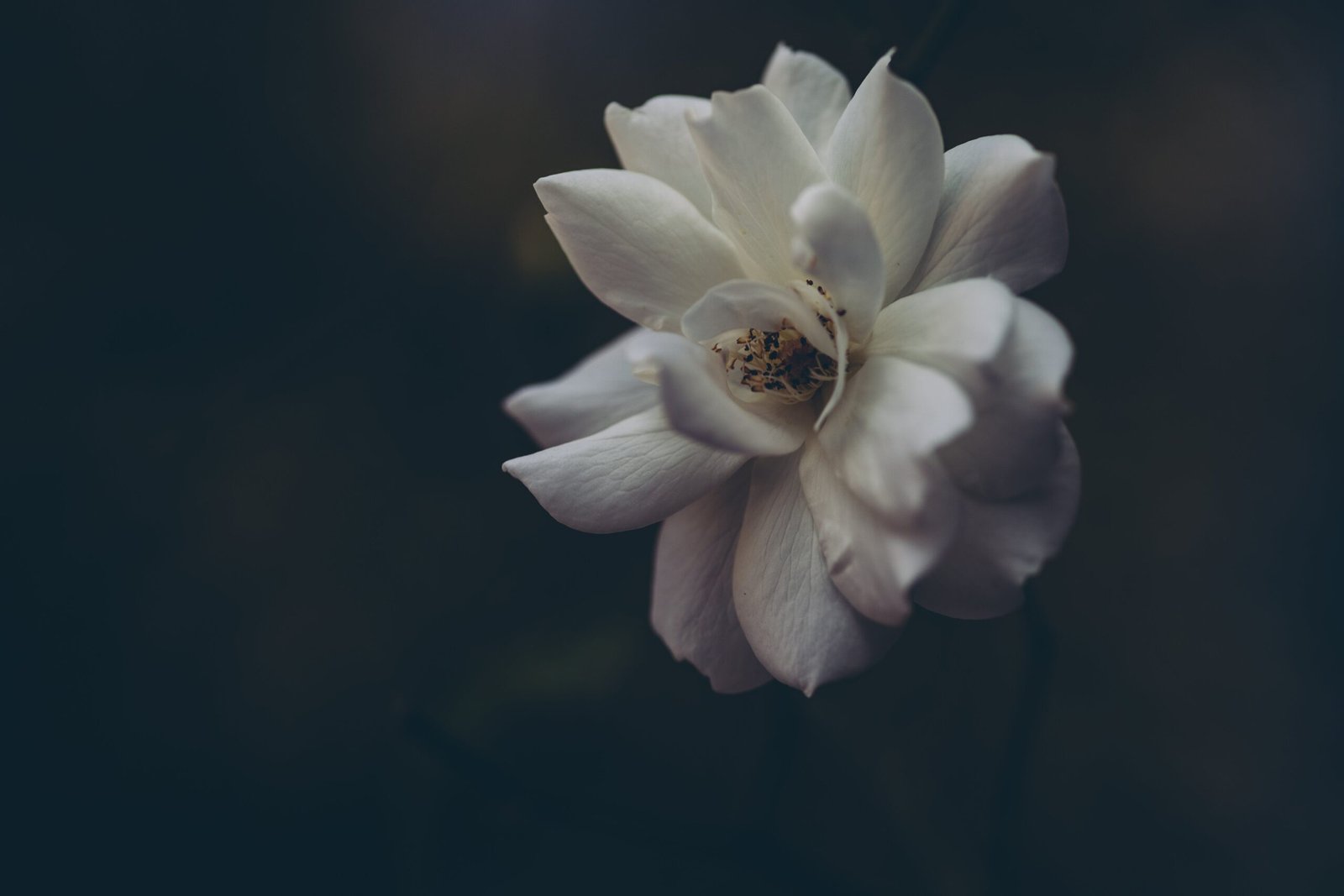- Lotus: How to Plant, Grow and Care for Lotus - 3 November 2023
- Zinnia: How to Plant, Grow and Care for Zinnia - 3 November 2023
- Coreopsis: How to Plant, Grow and Care for Coreopsis - 3 November 2023
Gardenia is a beautiful flowering plant known for its fragrant white flowers, glossy dark green leaves, and waxy texture. It is native to Asia and thrives in warm and tropical climates. A popular choice for gardens and indoor spaces, gardenia plants require well-drained soil and bright sunlight to thrive.
About Gardenia:
Gardenias are a popular group of flowering plants known for their fragrant and beautiful blooms. There are several different types of Gardenias, including the Cape Jasmine, August Beauty, Frostproof, and Kleim’s Hardy, each with its own unique characteristics and growth habits.
Gardenias have a perennial life cycle and typically bloom from late spring to early summer. However, some varieties may have extended bloom time, providing a continuous display of flowers throughout the summer.
Characteristics:
Gardenias are highly attractive to bees, butterflies, and hummingbirds, making them a great addition to any garden aiming to attract pollinators. In terms of care, Gardenias are relatively easy to grow and maintain, although they require specific growing conditions to thrive. They are not edible, but their flowers emit a strong, sweet fragrance that adds to their appeal. Gardenias are primarily used as ornamental plants due to their beautiful and fragrant blooms.
Growing Conditions:
Gardenias prefer growing conditions that include well-draining soil with a slightly acidic pH level between 5.0 and 6.0. They require full sun to partial shade exposure, ideally in a location that provides morning sun and afternoon shade. Adequate water and humidity are also crucial for the health and blooming of Gardenias.
Resistance:
Gardenias are generally not resistant to deer and rabbit damage, so protective measures may be necessary to keep these animals away from the plants. As for diseases, Gardenias can be susceptible to rust, fusarium wilt, downy mildew, and powdery mildew, especially under certain growing conditions. Regular monitoring and proper care can help prevent and manage these potential issues.
| Season | Depth | Height | Spacing | US Hardiness Zone |
|---|---|---|---|---|
| Spring – Early Summer | 1 – 2 inches | 2 – 6 feet | 3 – 6 feet | 8 – 11 |
Plant Care Instructions
Light Requirement
Gardenias thrive in partial shade to full shade. They prefer filtered sunlight or light shade to protect their delicate blooms from direct sunlight.
Water Need
Gardenias require regular watering, keeping the soil consistently moist but not soggy. Be careful not to overwater as this can lead to root rot. It’s better to underwater slightly than to overwater.
Fertilizer
Gardenias benefit from a fertilizer specially formulated for acid-loving plants. An ideal option is a slow-release, organic fertilizer designed for azaleas and camellias. This type of fertilizer provides a balanced nutrient supply and promotes healthy growth without harming the plant.
Pruning
Pruning gardenias helps maintain their shape and promotes better blooming. It is best to prune them immediately after flowering to avoid cutting off potential blooms. Remove any dead or diseased branches and trim back excessive growth to maintain a compact form.
Toxicity
Gardenias are not considered highly toxic to humans or pets. However, it’s always best to keep them out of reach of children and pets to avoid any potential issues.
Common Issues
The most common issues with gardenias include yellowing leaves, leaf drop, and bud drop. These problems can be caused by various factors such as overwatering, underwatering, insufficient light, or nutrient deficiencies. Regularly inspect your plants for any signs of pests or diseases and address them promptly.
Culinary Benefits:
- Gardenias have a pleasant aroma and can be used in various culinary creations. They can be used to add flavor to cakes, jellies, ice cream, sorbets, and other sweet dishes.
- The leaves and flowers of certain gardenia species are edible and can be added to salads.
- Gardenia oil is often used as a natural food flavoring agent.
- Some gardenia species, such as the rose gardenia, have a delightful taste that can be infused into teas or desserts.
Medicinal Benefits:
- Gardenias have a long history of use in traditional herbal medicine due to their antiseptic, anti-inflammatory, and healing properties.
- They are commonly used to treat skin conditions like acne, eczema, and burns.
- Gardenia oil is used in aromatherapy for its calming and uplifting effects, helping to relieve stress and anxiety.
- Some studies suggest that gardenias may have potential benefits in managing diabetes and improving kidney health.
- They are also used to treat infections and boost the immune system.
- The plant is utilized in the treatment of ulcers, ringworm, and other skin diseases.
Companion Plants for Gardenia:
- Roses: The sweet fragrance of roses complements the intoxicating scent of gardenias, creating a delightful aroma in your garden.
- Lavender: Besides adding a touch of purple beauty to your garden, lavender helps repel insects that may harm your gardenia plants.
- Jasmine: The delicate flowers of jasmine release a captivating fragrance that pairs well with the enchanting scent of gardenias.
- Camellia: This evergreen shrub not only provides a beautiful backdrop for your gardenias but also shares similar soil and sunlight requirements.

